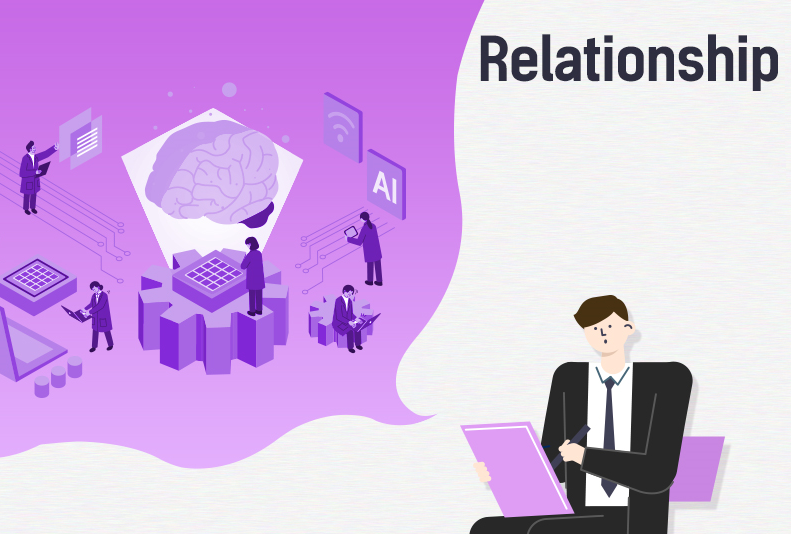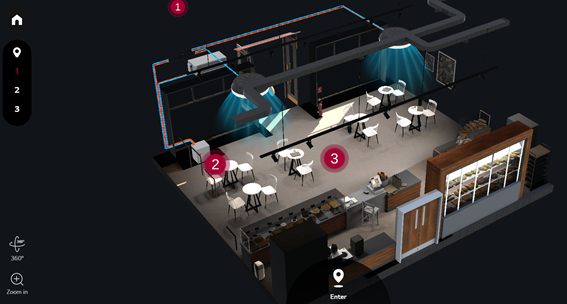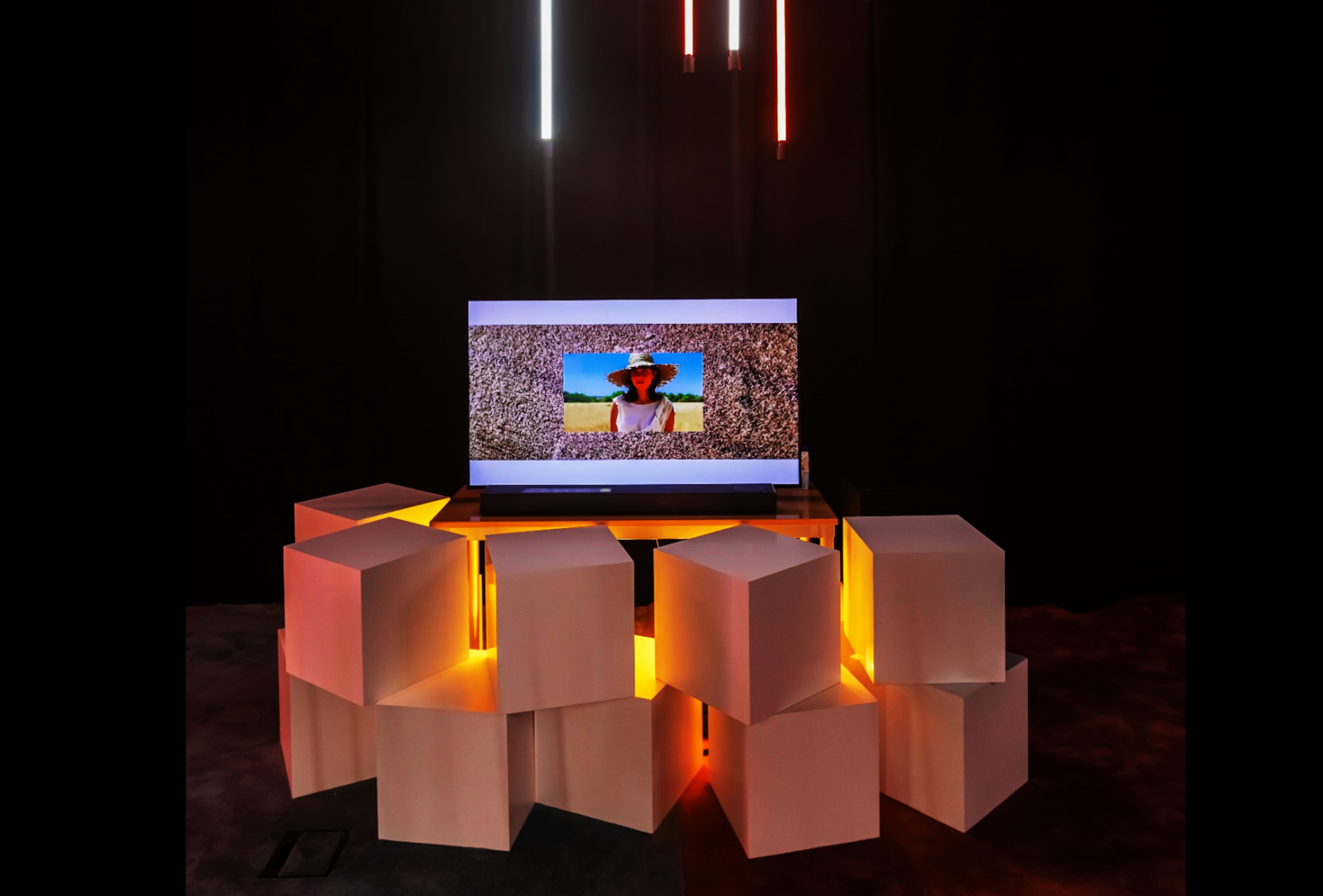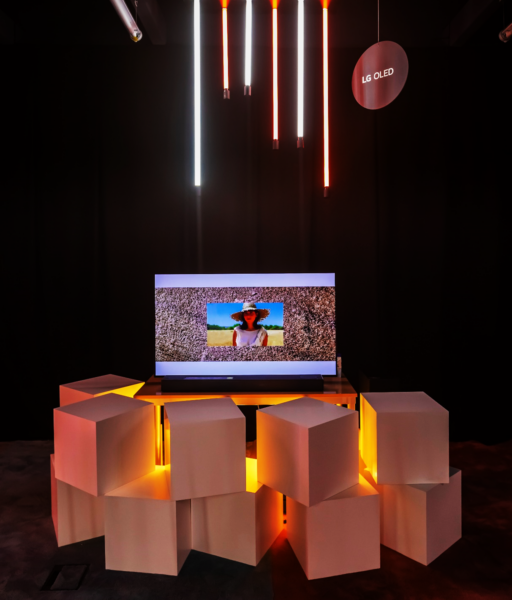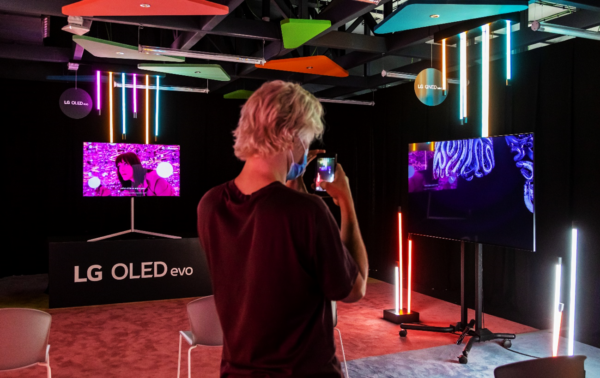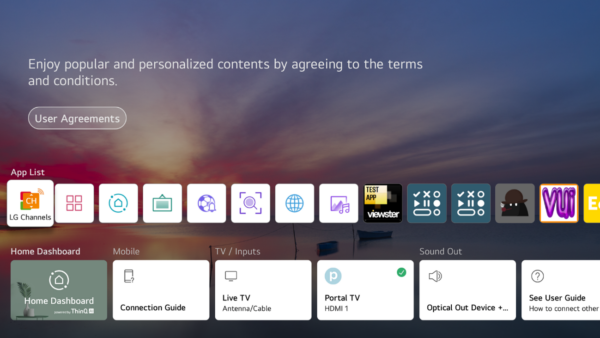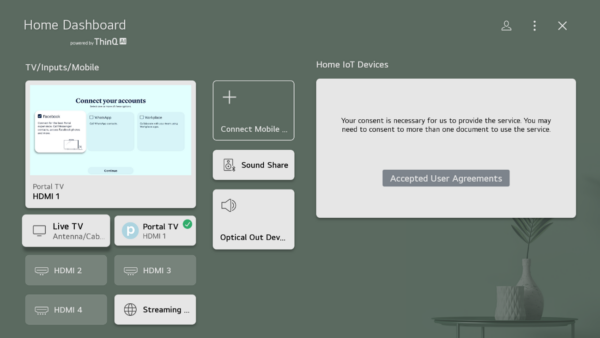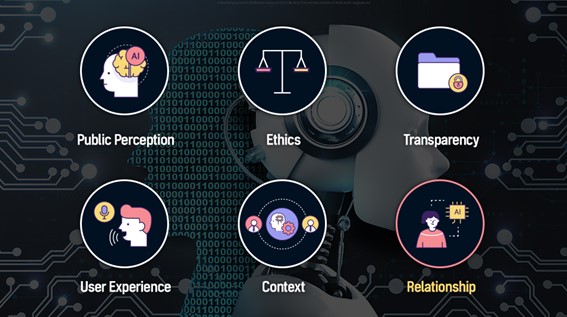
In this final episode of our six-part AI Experience series, we examine the dynamics of the human-AI relationship and what that will mean for the evolution of the technology.
Throughout history, humans have always been masters of the technologies and machines they have created. But with artificial intelligence, the dynamics of this relationship may change. Distinct from other technologies in that it can learn from interactions and usages, AI is perhaps most recognizable today as the virtual assistants we call by name when we want something, whether that be information or the kitchen lights to turn off. As AI continues to evolve, it is expected to outgrow this role as helper to become more of a companion.
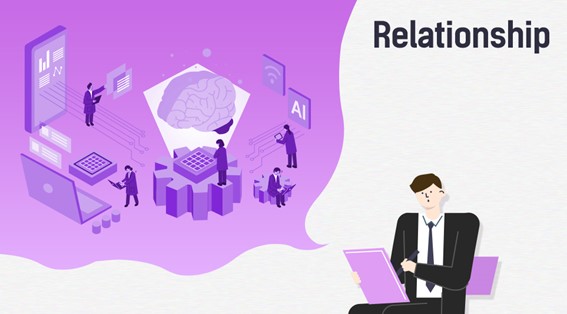
Even now, AI-enabled devices are able to provide some degree of companionship. For the elderly or others living on their own, products such as smart speakers can offer a valuable sense of connection, responding verbally to queries in more conversational ways. Beyond the comfort of another voice and the feeling of a sympathetic (and synthetic) ear, AI machines can also provide a degree of safety by connecting users to relevant services when needed. If we take that one step further, AI systems will in the future be able to perceive changes in our behavior to determine our moods and respond appropriately, making it easy for humans to forget that they’re still communicating with a machine.
Below, we take a look at five different areas concerning the constantly evolving relationship between humans and AI.
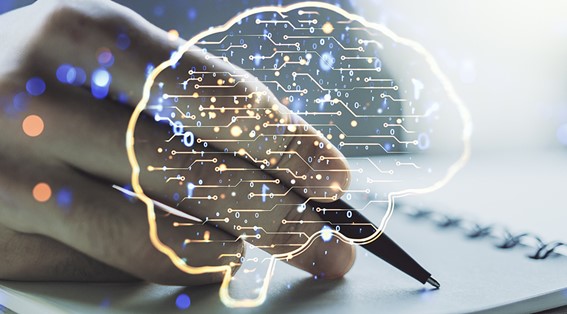
Collaboration
Human-AI collaboration is already having an impact on how we perform tasks and make decisions, although its scope is somewhat limited at this time. Once the technology has reached a certain point where we can better understand context, motivation and non-verbal cues, AI will then be able to contribute to genuinely collaborative endeavors, meaningfully helping us to increase our capabilities and knowledge in almost every arena imaginable.
“We are all interesting creatures, not because we exist in a vacuum and we can just think on ourselves, we’re interesting because we interact with others,” said Charles Lee Isbell Jr., dean of computing at Georgia Institute of Technology. “We learn by interacting with others, they get transferred knowledge generation to generation. And I think that is sort of where the sweet spot is around AI.”
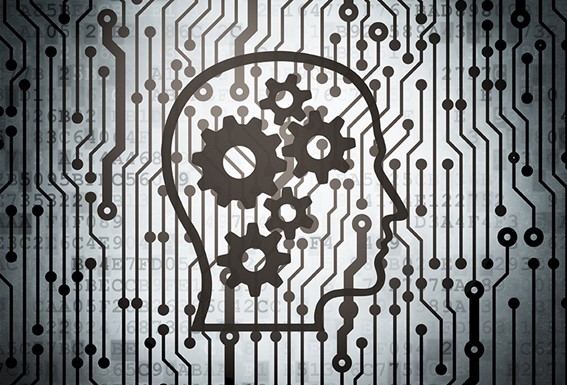
Learning
Collection of data is crucial to machine learning and its continuing improvement. Going forward, it’s critical that what AI learns should be made as transparent as possible. Experts from a diverse range of disciplines should be actively involved throughout AI’s development to ensure the learning process itself is robust, representative and ethically sound. Learning about AI and its implications is something everyone – not just those directly involved in its creation – should invest time in, as education may help us to predict and avert future challenges and threats.
Professor Zafiroglu of 3A Institute advocates a multidisciplinary approach, urging the next generation of AI practitioners to “go out into the world and work in a variety of settings, from policy and industry to academia and education at the non-university level to think tanks as well as product and strategy teams.” Incorporating different perspectives and learnings into AI will help to forge intelligent systems that can work with, as well as for us.
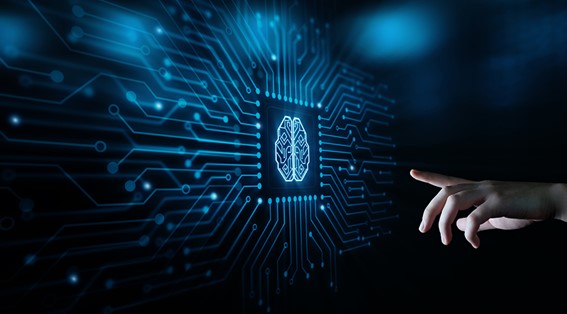
Empathy
Having empathy means the ability to understand and share someone else’s feelings, a distinctly human trait. For AI to be able to detect the emotional state of a user and respond appropriately, it will need the capacity to recognize body language, tone of voice and most probably, physiological changes. Once it can do all of these things, and accurately interpret the demands of the specific context, AI will become immeasurably more helpful. For instance, recognizing an individual’s concern about a job interview, an empathetic AI could help alleviate this concern by generating a list of interview questions, providing feedback on answers or recommending the optimal route to the interview venue.
With the obvious benefits of an AI with high emotional quotient also come considerable risks with regards to privacy so a safety net should be put in place to prevent its misuse. The European Union and many governments worldwide are currently addressing the question of how to ensure effective oversight for high risk AI technologies. At the same time, the companies providing these technologies will need to demonstrate that next to delivering value, user safety is their main concern.
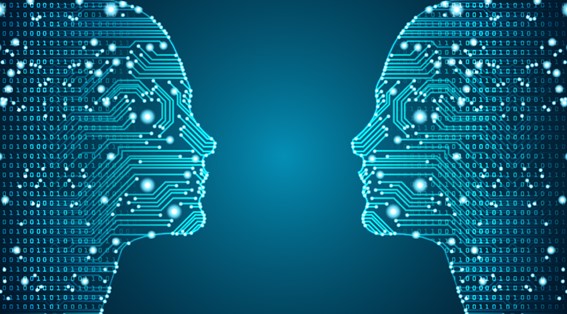
Fallibility
As with any relationship, the human-AI relationship will require time and effort to develop properly. Humans must accept that AI will take a certain amount of time to learn from and adapt to their behaviors and preferences and to acquire new skills. Users should also understand that fallibility is not a one way street as AI is learning from them. Users also have to contend with any biases, preconceptions or misconceptions they may have, which can affect the nature or outcome of an interaction.
Whether AI incorporates bias purposefully or not, we must consider the consequential nature of decisions that AI systems are making. Either way, our relationship with AI will be just like our relationship with each other. In other words, it’s going to take time and effort.
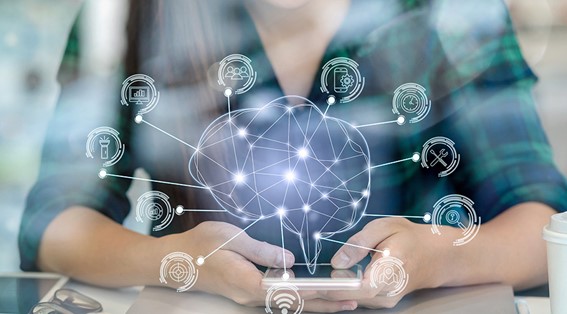
Interface
The way we interact with an AI solution is directly influenced by the design of its interface. Some forms of AI are more collaborative in nature, requiring frequent human input to deliver maximum value, while others run quietly in the background, automating our lives and supporting us with infrequent interaction. Different types of systems obviously necessitate different kinds of interfaces but it must ultimately be intuitive to use if it is to gain greater acceptance and wider adoption. Along with ease of use, interoperability is something that companies must work towards if AI is to flow seamlessly from one area of our lives to another.
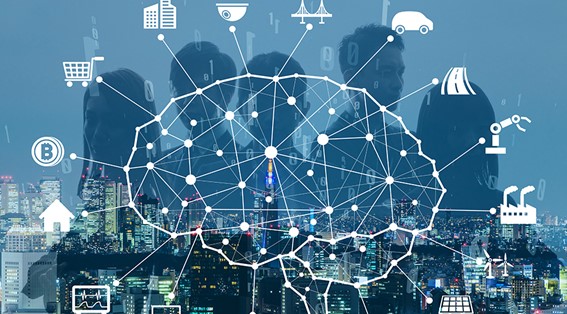
“There are no standards of interoperability,” states Gabi Zijdervel, chief marketing officer and head of product strategy at Affectiva. “I believe a consortium of industry will have to come together to solve this, cross-vertical and cross-use cases.”
Although some still fear that AI will replace actual humans, the more likely future is one companionship and partnership. With the foundation already in place, we can look forward to a more equal and rewarding relationship with AI, not to mention a shining new chapter in the history of humankind.
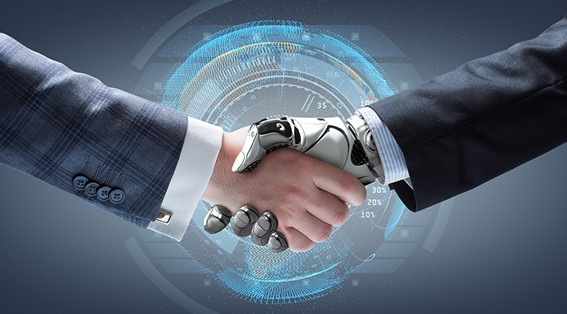
For more on this topic, visit www.AIXexchange.com. Developers and potential partners interested in LG’s ThinQ Platform should check out thinq.developer.lge.com.
# # #
























